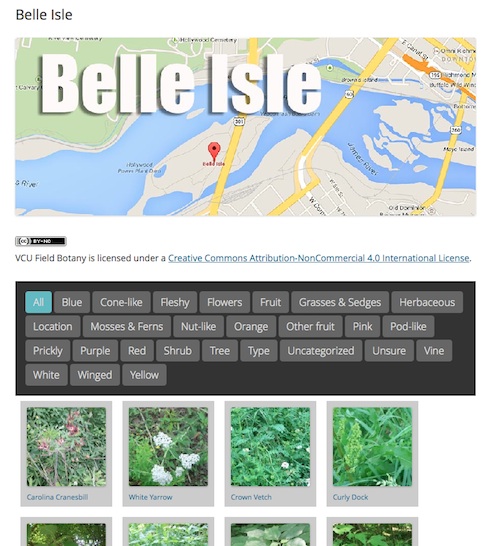The idea
#FeedReaderFriday: A Suggestion for Changing our Social Media Patterns | Chris Aldrich
Feed Readers
Just after I discover RSS in the “flowering” of theScotEduBlogs community I got interested in aggregating RSS and creating specialised readers. Back in around 2006 I was blogging some ideas which lead to Robert Jones & Pete Liddle creating the first iteration of the ScotEduBlogs aggregation. Later I moved the site to WordPress using the FeedWordPress plug-in. I’d seen this in use on the marvellous DS106 site which aggregates blogs of students and open participants of the many iterations of the notorious Digital Storytelling course. The flow on DS106 has pulled in 91749 (at time of writing) posts since 2010.
ScotEduBlogs is at a bit of a low at the moment, there are not so many folk blogging about education in Scotland. I still love the idea of ‘specialist’ or community aggregations or feed readers. Of course the site has an RSS feed that can be subscribed to. Dave Winer’s FeedLand, which I noted in a previous #FeedReaderFriday, can also create ‘News Products’ with similar results.
Folk to Follow
I like to follow some human aggregators, even better if they add their own opinions. One of my favourites in Arron Davis his Read Write Collect blog is an IndieWeb style collector of replies, bookmarks and other responses. RSS.
Some of Tom Woodward’s Bionic Teaching – utan blixt consists of his harvest of links with brief comment. This might be auto posted, perhaps from pinboard? He also posts about higher ed use of technology and, of particular interest to me, his work with WordPress. RSS
This post is part of a series with a wee bit about readers and a couple of suggestions of feeds to follow.

